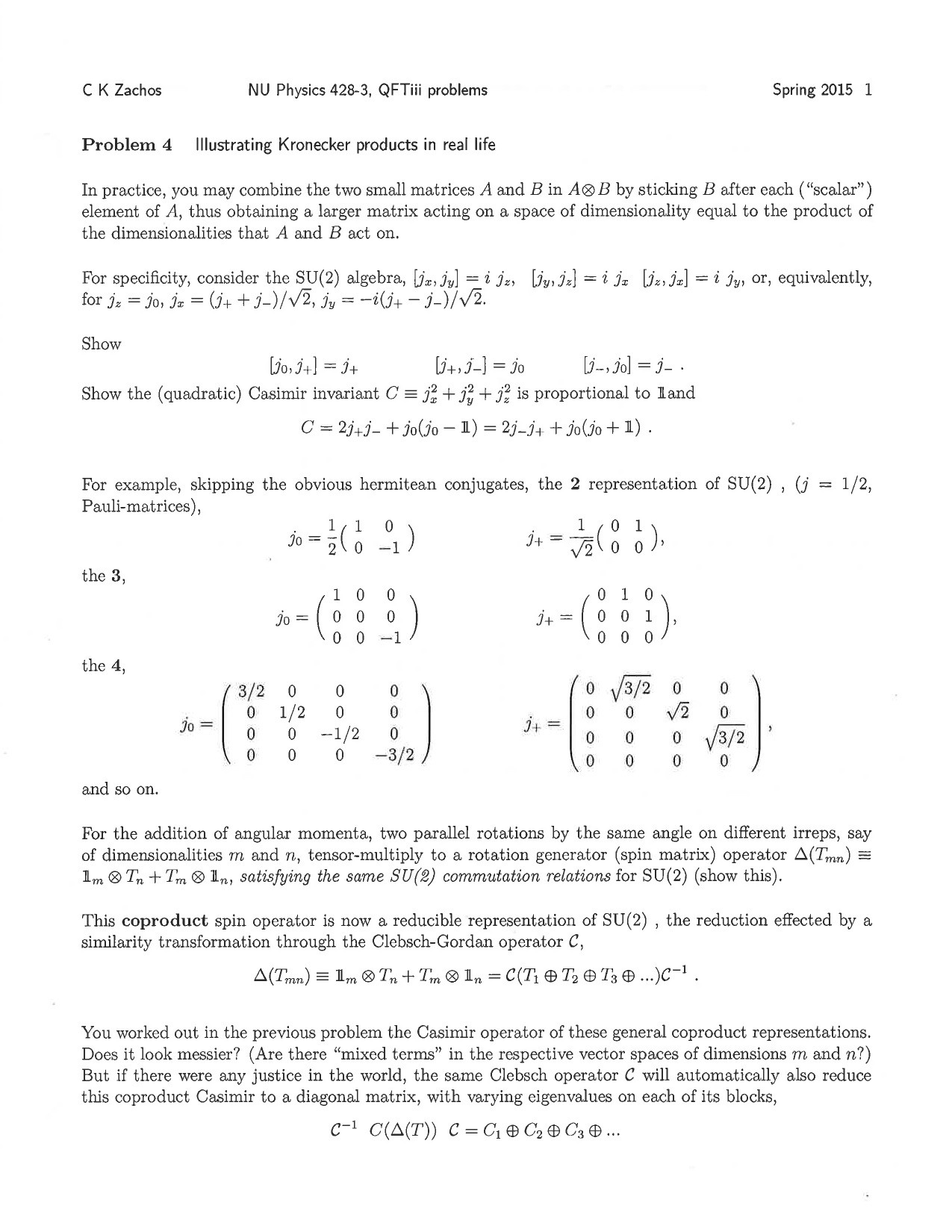I am doing an exercise of calculating the Clebsch-Gordan (CG) coefficient of $\frac{1}{2}\otimes 1 =\frac{3}{2} \oplus \frac{1}{2}$. Without realizing that the general convention is to have $j_1 > j_2$, I chose $|\frac{1}{2},1\rangle$ instead of $|1,\frac{1}{2}\rangle$.
Evaluating $\bf{|J,M\rangle}$ for $\bf{|\frac{3}{2},M\rangle}$ wasn't difficult, but the problem arise when I was trying to evaluate $\bf{|\frac{1}{2},M\rangle}$ by using the orthogonality properties and taking the inner product with $\bf{|\frac{3}{2},M\rangle}$.
While evaluating ${\bf{|\frac{1}{2},\frac{1}{2}\rangle}} = \alpha|\frac{1}{2},0\rangle +\beta|-\frac{1}{2},1\rangle$, after taking inner product with ${\bf{|\frac{3}{2},\frac{1}{2}\rangle}} = \sqrt\frac{2}{3}|\frac{1}{2},0\rangle +\sqrt\frac{1}{3}|-\frac{1}{2},1\rangle$, and solving for the unknowns yield $\alpha = \pm\sqrt\frac{1}{3}$ and $\beta = \mp\sqrt\frac{2}{3}$.
Following the phase convention of $\langle j_1,j_2;j_1,(j-j_1)|j,j\rangle $, I found that to obey such convention, I need to have
${\bf{|\frac{1}{2},\frac{1}{2}\rangle}} = \sqrt\frac{1}{3}|\frac{1}{2},0\rangle -\sqrt\frac{2}{3}|-\frac{1}{2},1\rangle$ (my answer)
but the standard CG table reads:
${\bf{|\frac{1}{2},\frac{1}{2}\rangle}} = -\sqrt\frac{1}{3}|0,\frac{1}{2}\rangle +\sqrt\frac{2}{3}|-1,\frac{1}{2}\rangle$
which is just $(-1)$ off the given answer. So it makes me wonder if the observation of:
$|0, \frac{1}{2}\rangle = -|\frac{1}{2},0\rangle$
or more generally,
$|j_1m_1\rangle \otimes |j_2m_2\rangle = - |j_2m_2\rangle \otimes |j_1m_1\rangle $
holds every time? I saw a statement of $ V\otimes W \cong W\otimes V$ but not sure how the basis in these two spaces change.


